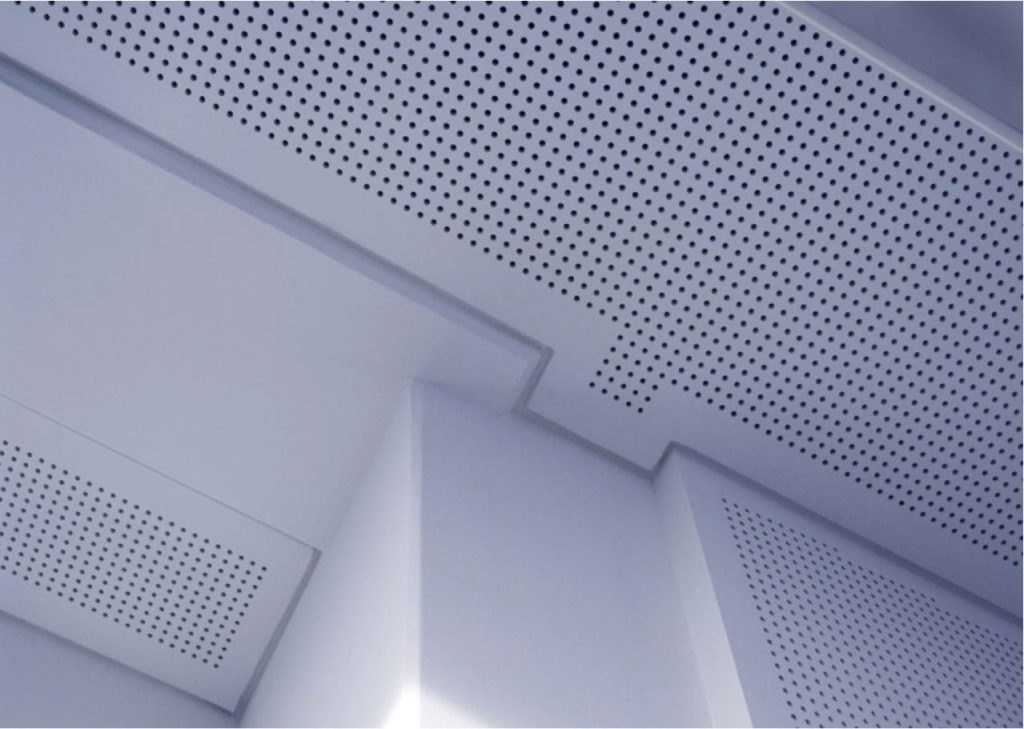The Wonder Mineral
Ever wondered how plasterboard came about? Although gypsum has been used since around 9000 BC it was Augustine Sackett and Fred Kane who invented Sackett Board in 1894 and that developed into Gypsum Board in 1916. It took 25 years forbuilders to start using the drywall products made by USG at the time. In fact it was World War 2 and the lack of skilled men from labour shortages that changed attitudes to the use of dry walling techniques. Instead of being seen as cheap it became viewed as a versatile and economical building product. So gypsum has a long history in construction but plasterboard, as we know it, is relatively young in historical terms.
The core of plasterboards is made from 90-95% recycled material with the face coming from almost 100% recycled paper including old newspapers. Gypsum is a mineral that comes from the ground in the form of gypsum rock and as synthetic (FGD) gypsum from the by-products of cleaning power stations. Plasterboard is capable of 100% recycling now that it is no longer allowed to send it to land fill. It is recycled to make new plasterboards or can be used as a fertilizer. It’s safe, indefinitelyrecyclable, has many inherent useful functional properties and is not expensive to produce and that’s why Eurogypsum refers to it as the wonder mineral.
In total, the world market for plaster products is estimated at $16.2 billion (2008) and China, North America and Europe combined require 6.6 billion square metres of boards per year. The US and Canadian markets account for 2.8 billion square metres of boards a year. China’s capacity amounts to 2.5 billion square metres with demand at 2.2 billion. The demand in Europe is estimated at 1.6 billion square metres.
The wonder mineral has wonderful market consumption and when we talk of modern methods of construction we cannot ignore plasterboard in that context. Its history is modern and its future is brighter. That’s why V-Cut is investing in developments in plasterboard.

